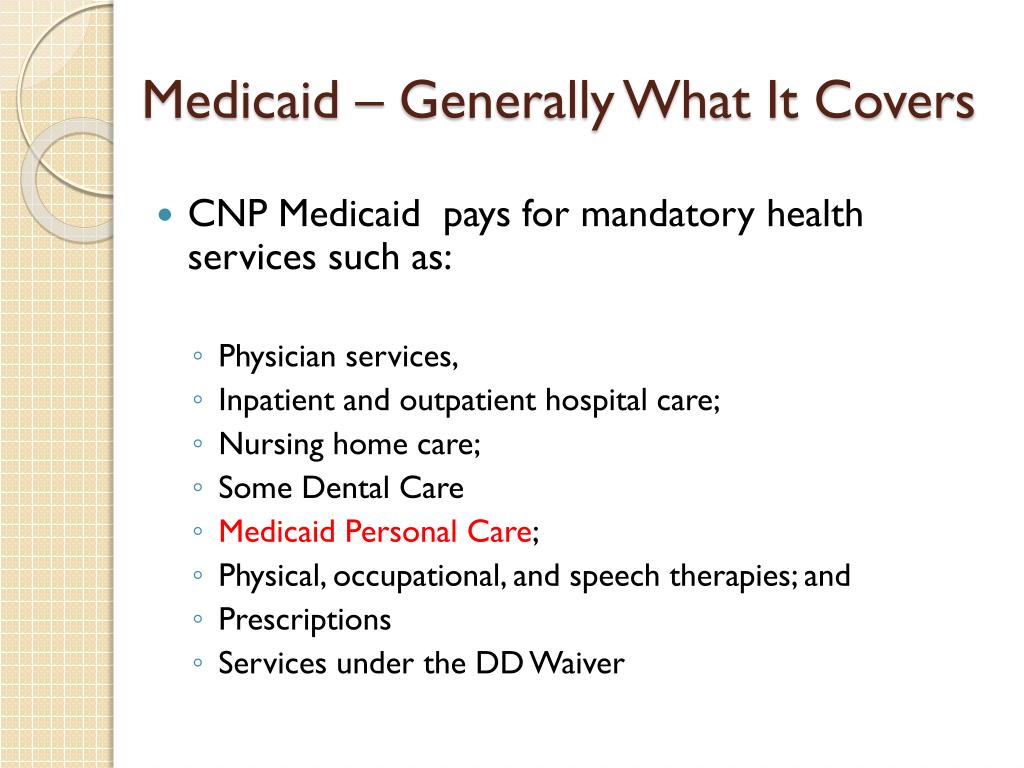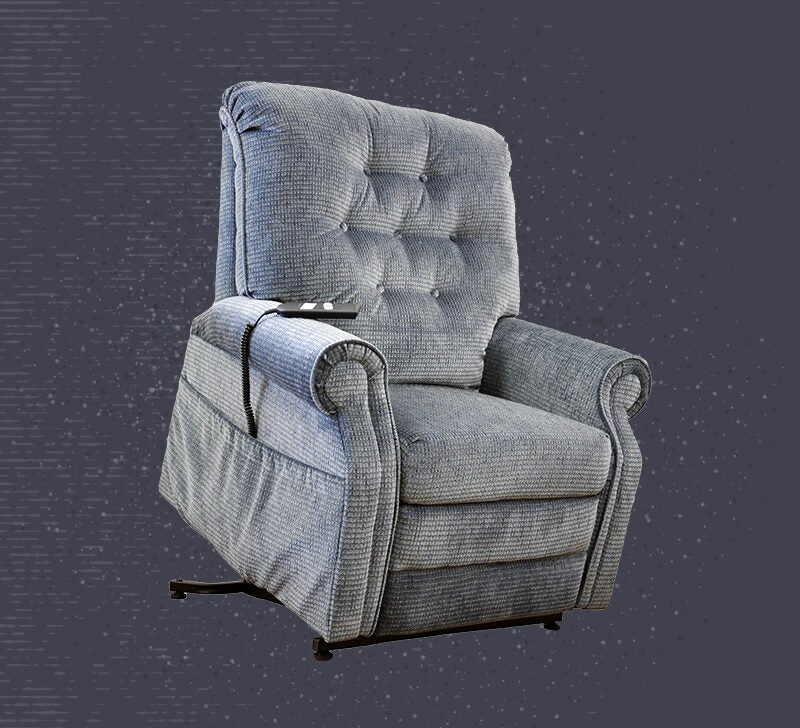Table of Content
The criteria for specific eligibility vary from state to state and are partially dependent on income and assets. Medicaid covers more than 72 million Americans for their health insurance. TheHealth Home Information Resource Center located on Medicaid.gov provides useful information to States considering the health home Medicaid State Plan option. Technical assistance is available to support state Medicaid agencies in developing and implementing health home programs under Section 2703 of the Affordable Care Act. For these programs that are part of the states’ regular Medicaid program, there is no waitlist. This is because original Medicaid is an entitlement and all persons who meet the eligibility requirements will receive benefits.

The secondary policy may not cover all costs and the remaining expenses will be your responsibility. These premiums range from $144.60 per month (for single tax filers making under $87,000 or joint filers making $174,000 or less) to $491.60 per month (single filers making $500,000 and joint filers making $750,000). If you’re still working and you have employer-sponsored health care, there are different requirements, but it’s usually a good idea to sign up for Medicare at 65 to avoid potential coverage gaps. Medicaid eligibility is based on a person’s or family’s Modified Adjusted Gross Income and was streamlined under the Affordable Care Act to make it less complicated for people to apply and enroll.
Why Are Ostomy Supplies So Expensive
Medicare does not cover companion care, transportation, and meal delivery. The Iowa HCBS Elderly Waiver is for seniors over the age of 65 who would rather live in their own home or community setting rather than a nursing home. The applicant must choose that they would rather receive a nursing home level of care outside of a nursing facility to be eligible. It provides an array of services, including assisted living and in-home care, as well as many additional long-term care services tailored to the specific waiver recipient. Blood pressure monitor device may be costly, and some people may not be afford to buy them. When they have health insurance like Medicaid or other insurance coverage, it may be possible to get a free blood pressure monitor device.

Be determined by the Iowa Medicaid Enterprise, Medical Services Unit, to need nursing or skilled level of care. In all states, Medicaid provides coverage for some low-income people, like the ones listed above. In some states, Medicaid has been expanded to cover all adults below a certain income level. Different kinds of home health care professionals deliver different services. A hospitalization for illness, injury or surgery can create obstacles after returning home when it comes to daily activities, like personal grooming, cooking or household cleaning. Speak about improvements in your mental health with your psychiatrist or another health care professional.
Specific Conditions For A Temporary Ostomy
There are also some additional ways in which Medicaid beneficiaries can save money on care with Medicare’s help. In this Medicaid review, we explore when and how the program works as secondary, or supplemental, insurance that can coordinate with other types of insurance. Join our email series to receive your Medicare guide and the latest information about Medicare.

They must provide the same coverage as Original Medicare at a minimum. Some many plans offer additional benefits to their members, including expanded coverage for home health care. Coverage is good for a certain number of skilled nursing care hours per day and per week.
Does Medicaid Cover Home Health Care: What You Need to Know
Adult daycare, companionship care, support with activities of daily living, personal emergency response systems, durable medical equipment, and other services may be made available under HCBS Medicaid waivers. The formularies for Medicare Part D plans must include at least two drug options for each of the most prescribed categories and classes. If the healthcare provider who writes your prescriptions doesn’t think any of the drugs in your plan will work for you, you can ask your insurance provider for an exception. When we visit our health care providers, they first monitor blood pressure. They want to get their blood pressure monitored to assess their health. Many countries provide medically necessary ostomy supplies for free through their public health care schemes, but the United States doesn’t.
A healthcare social worker determines your needs and coordinates visits from other home healthcare professionals. Section 6055 provides that those that provide minimum essential coverage to an individual must report certain information to the IRS that identifies covered individuals and the period of coverage. When buying a such device, it is important to advise folks to go blood pressure monitor without a stethoscope as it ensures the accurate result of blood pressure. More importantly, folks are always advised to buy blood pressure monitor which are FDA approved and it is in good quality for the best result at home. Blood pressure monitor are the device to use at home and the importance of such devices is gaining popularity for different reasons. The American Heart Association recommends upper arm monitor for the most accurate readings to make sure it is in control and takes health steps.
You also don’t need to get the drugs that are included in the bundle from your Medicare drug plan . For Medicaid, you’ll need to requalify every year based on any changes to your state’s eligibility criteria. Once you qualify for Medicaid, you’ll likely have little to no out-of-pocket costs. Because the states facilitate Medicaid, each state can decide to set premiums or out-of-pocket spending requirements, called cost-sharing. Some may opt to charge for co-pays, coinsurance, or deductibles, within preset maximums. States can impose higher charges for people with higher incomes, but children and pregnant people are generally exempt from out-of-pocket costs.

Assistance with daily living activities like dressing, eating, and using the restroom. Examples include assistance with mobility, toiletries, meal preparation, light housecleaning, and other tasks for those who would otherwise need to be placed in nursing facilities. To the best of our knowledge, all content is accurate as of the date posted, though offers contained herein may no longer be available. The opinions expressed are the author’s alone and have not been provided, approved or otherwise endorsed by our advertisers.
Non-emergency transportation to local appointments is meant to help recipients maintain their health needs or enjoy recreational outings. Response devices for emergency alerts to urgent needs may also be provided. Terminally ill recipients whose life expectancy is deemed to be 6 months or less may qualify for hospice care in the home when it is considered a safe and comfortable option. If you have your care in an outpatient clinic or outpatient department of a hospital, you will have to pay the hospital an extra copayment or coinsurance amount. This means that you’ll likely have to receive doctor’s notes that outline why you need this much care. The Medicaid-approved hourly fee for in-home care is paid to consumer-directed caregivers.
In some instances, there may be a cost of share or co-payment for services, based on a sliding scale that considers one’s income. To be eligible for Medicaid, and hence, in-home care, specific eligibility criteria must be met. In addition to being a resident in the state in which one applies, there is also financial and functional requirements. Many states allow Medicaid recipients to direct their own in-home care.
Consumer directed caregivers are paid an hourly rate, which is approved by Medicaid for in-home care. This rate varies by state and program, and is generally a few dollars per hour lower than is the market rate. Christin Perry is a freelance writer with a passion for all topics related to health and family.

No comments:
Post a Comment